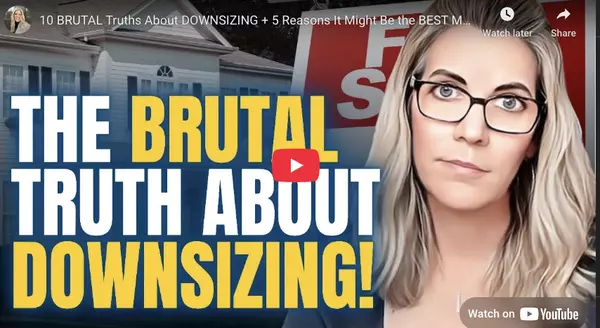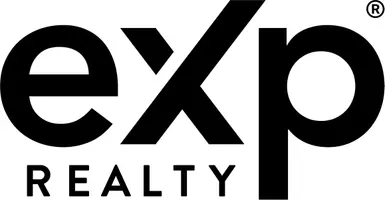From Listing to Closing: Understanding the Timeline of Selling a Home
From Listing to Closing: Understanding the Timeline of Selling a Home
Hey, it’s me Kati! Selling a home can be a complex and time-consuming process, with many factors influencing the timeline from the initial decision to list the property to the closing day. While the specific timeline can vary based on market conditions and individual circumstances, understanding the general steps involved can help sellers navigate this journey more effectively.
1. Pre-Listing Preparation:
The first step in selling your home is preparing it for the market. This phase can begin months or even years in advance, depending on the condition of your property. Start by consulting with a real estate agent well in advance to get an idea of necessary repairs, upgrades, or renovations. This early planning allows you to budget appropriately and make the necessary improvements to maximize your home’s value.
2. Signing the Listing Agreement:
Once you’ve selected a real estate agent and your property is ready, you’ll sign a listing agreement. After signing, it typically takes a few days for the agent to gather the necessary information, take photos, and input the listing into the Multiple Listing Service (MLS).
3. Going Live on the Market:
After the listing is live, your home is officially on the market. The timing of this step can vary based on your preferences and market conditions. Some sellers choose to delay going live for a short time to generate interest among agents and potential buyers through private listing networks. Your agent can advise you on the best strategy for your specific situation.
4. The Market Determines the Price:
In most cases, pricing your home correctly is crucial to a quick sale. If your home is priced competitively, you can expect it to sell within 30 days. However, if your price is too high, it may languish on the market, affecting your chances of selling promptly.
5. The Offer and Inspection Period:
Once you receive an offer and accept it, the inspection phase begins, which usually takes about a week to two weeks. During this time, the buyer conducts inspections, and negotiations may occur regarding any necessary repairs or concessions. If you’re in an attorney state, legal negotiations may also take place.
6. Mortgage Contingency and Closing Preparation:
If the buyer has a mortgage contingency, they can back out of the contract if they cannot secure financing. Typically, this contingency remains in effect until a few days before closing. While this may seem risky, most buyers proceed with the purchase after the inspection phase unless there’s a significant financial issue.
7. The Closing Process:
The closing process typically takes 30 to 45 days after the contract is signed. During this time, various administrative and financial tasks are completed, including finalizing the mortgage, title search, and addressing any remaining contingencies. The closing date is when ownership officially transfers to the buyer.
8. Rent-Back Agreements:
In some cases, sellers may need a rent-back agreement if they want to stay in the home after closing while they finalize arrangements for their new property. These agreements can vary in duration but are typically limited to two months, as longer durations may change the buyer’s loan terms.
Conclusion:
In summary, the timeline for selling a home can vary based on market conditions, pricing, and individual circumstances. While the process generally takes about 2 to 3 months from listing to closing, it’s crucial to work closely with your real estate agent to navigate the complexities of your specific market. Early planning, realistic pricing, and effective communication with your agent are key to a successful and timely home sale. Remember that real estate is local, so timelines can differ from one area to another. Start the conversation with your agent well in advance to ensure a smooth and efficient home-selling experience.
Recent Posts











